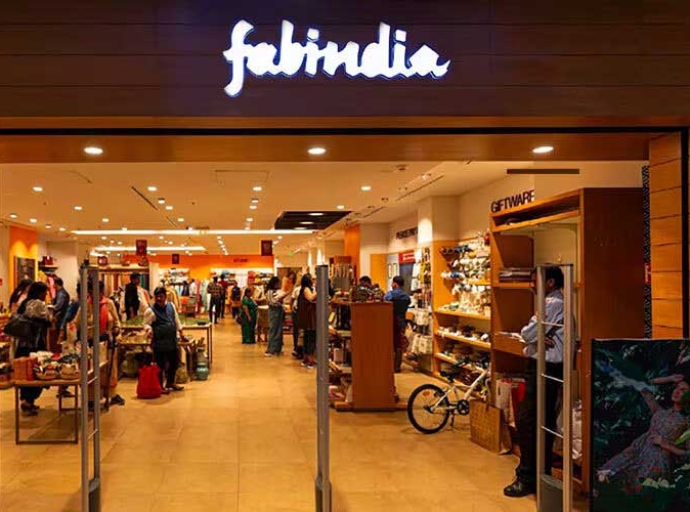23 November 2022, Mumbai:
A supply chain is typically a network of facilities that purchase raw materials, transform them into intermediate goods and finished products, and then distribute them to clients. The textile industry's supply chain is extensive and intricate, making it challenging to integrate sustainable practices throughout the entire chain.
This is a brief overview of the textile industry's supply chain, beginning with fiber production and the variety of fibers produced depending on the raw material used, then moving on to textile processing and technology used in the creation of yarn and fabrics, finishing processing and technology, manufacturing and merchandising, and finally consumption, use, and disposal.
Textiles' long supply chains
Contrary to value-added chains for food or construction materials, textiles and clothing (T&A) have numerous process stages carried out by various subsequent industry units. The phases of fiber manufacturing, spinning, weaving/knitting, finishing, cutting and sewing, merchandising, wholesale/retail, consumption, and disposal/recycling are included in the value-added chain model, which also consists of the material flow. Today, a more comprehensive range of fiber materials is used to create textile fabrics. Natural fibers are the main categories, obtained either from domesticated animals, frequently as a byproduct of maintaining them for sustenance, or from once-wild plants that are now farmed in agriculture. Both plants and animals can be used to produce natural fibers.
Synthetic fibers, created from crude oil fractions, are separated from yarns made from regenerated cellulose (cellulosic fibers). Due to different characteristics that made them less effective than cellulosic fibers for creating clothing for a few decades, synthetic fibers' usage gradually increased. Polyester (PES), polyamide (PA), cellulosic fibers (CV), acrylic (PAN), and others, such as polypropylene, elastic fibers, polyvinylchloride, polyvinyl acetate, etc., are currently the most popular fibers used in clothing/apparel.
Turn Around Time Vs. Lead Time
Reducing the lead time and cost of the product is the SCM's primary goal. The issue of lead time is crucial, especially in areas with high levels of competition, like textiles. It is the direct engine for a company's profitability. Additionally, the lead time is getting shorter every day, according to global trends in the textile and fashion industries. Many different textile fashion labels are produced in nations like Pakistan, India, Bangladesh, and China. Since these businesses' fashion cycles often occur once or twice a year, the Pakistani market can somewhat react to their lead times.
ZARA's new Spanish company debuted in European markets ten years ago. It entered the market to shorten the fashion cycle and reach a larger market by selling at a lower price. The current trend cycle for ZARA lasts two weeks.
Products and fashion are taken off the shelves, and new styles are introduced. As a result of this shift, other high-volume brands like H&M, M&S, Levis's, CK, and Nike also started to compete with ZARA to offer quick fashion cycles at lower prices. Thus, a battle between lead time and pricing began. This is the actual post-quota situation for which many industrial nations and sectors have prepared themselves.
Unchartered world
Today, in a VUCA (volatility, uncertainty, complexity, and ambiguity) world where uncertainty is new certainty and when all supply chains are vulnerable to disruptions the textile value can no more be different, thus the most critical need of the hour is to secure sourcing of raw materials in time & at reasonably affordable prices with a focus on unit economics.
Exploration towards a new agreement for responsible supply chains in the garments and textile sector. Because of the industry's globalization, firms and retailers must move their goods and raw materials across many nations. Clothing/Apparel collections often fluctuate since their lifecycles are brief, and prominent seasonal peaks mark their commercialization. Textile logistics, in this sense, is characterized by minimal inventories and short delivery periods.
The COVID-19 epidemic has thrown up many questions, forcing clothing and textile (C&T) firms to reconsider their current processes and make immediate adjustments to manage their future.
Realignment of the supply chain will take some time, especially to get back all the needed positioning and profits, hoping that we will get over the pandemic soon and that everything will go back to normal...
Latest Publications


































